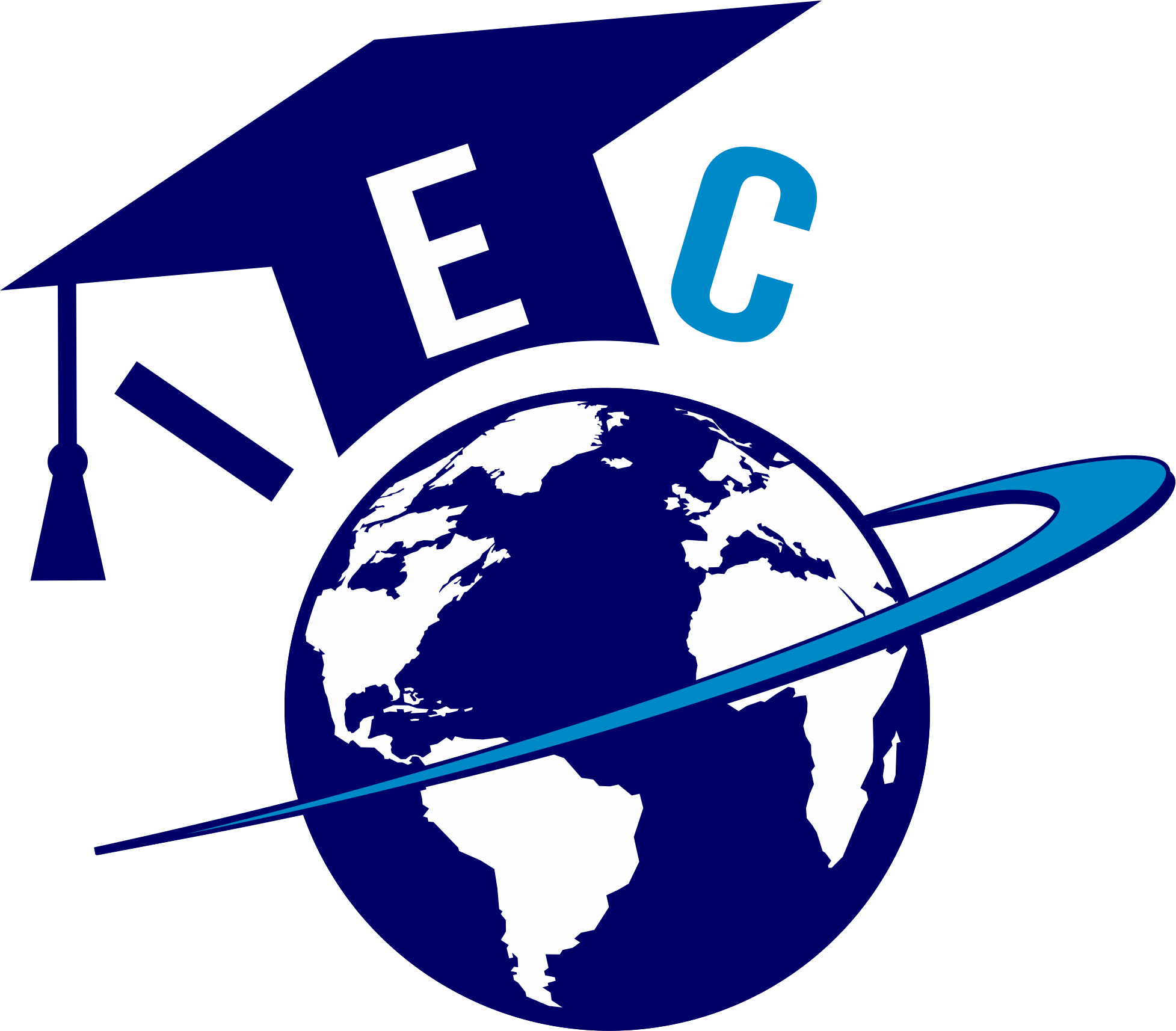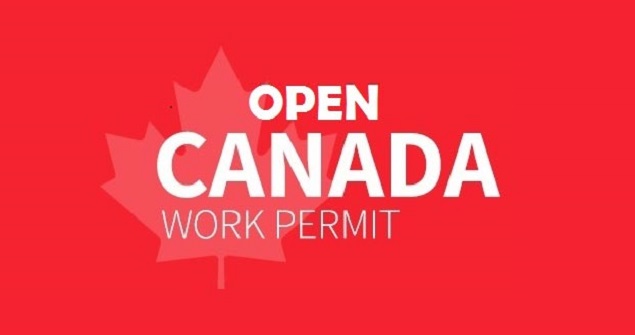Work Permit without LMIA Canada

Work Permits in Canada: Navigating Without LMIA
Introduction
For those seeking employment opportunities in the country, a work permit is often a crucial requirement. The Labour Market Impact Assessment (LMIA) is a standard component of the process, but there are scenarios where individuals can secure a work permit without undergoing the LMIA process.
Understanding LMIA and its Significance: Work Permit without LMIA Canada
The LMIA is a document issued by Employment and Social Development Canada (ESDC)/Service Canada. Its primary purpose is to assess the potential impact of hiring a foreign worker on the Canadian labor market. Employers usually need to obtain a positive LMIA before hiring a foreign worker. However, certain categories and circumstances exempt individuals from this requirement.
Exemptions from LMIA: Exploring Alternatives
1. International Mobility Program (IMP): Work Permit without LMIA Canada
In Canada, the International Mobility Program (IMP) stands as a gateway for foreign workers to contribute to the Canadian economy without the conventional requirement of a Labour Market Impact Assessment (LMIA). Understanding the IMP is pivotal for individuals and businesses seeking to engage in cross-border talent exchanges. This essay delves into the intricacies of the IMP, exploring its categories, benefits, challenges, and the broader impact on Canada's labor market. The International Mobility Program is a key avenue for individuals to secure work permits without the need for an LMIA. Under this program, several categories exist, including:
- Intra-Company Transfers: Employees transferring within a company with a Canadian branch can often obtain a work permit without an LMIA. This is particularly beneficial for multinational corporations relocating staff to Canada.
- International Agreements: Individuals covered by international agreements, such as the Canada-United States-Mexico Agreement (CUSMA) or the Comprehensive Economic and Trade Agreement (CETA), are exempt from the LMIA requirement. These agreements facilitate easier movement of workers between participating countries.
- Exchange Programs: Participants in recognized exchange programs may be eligible for a work permit without an LMIA. These programs foster cultural exchange and collaboration between countries.
Defining the International Mobility Program: Work Permit without LMIA Canada
The IMP is a framework within Canada's immigration system that facilitates the entry of temporary foreign workers without the stringent LMIA process. While the LMIA assesses the impact of hiring a foreign worker on the domestic labor market, the IMP recognizes the value of international talent and promotes flexibility in addressing the evolving needs of the Canadian economy.
Categories under the International Mobility Program: Work Permit without LMIA Canada

1. Intra-Company Transfers (ICT): Work Permit without LMIA Canada
One of the flagship categories under the IMP is the Intra-Company Transfer program. This allows multinational companies to transfer key employees to their Canadian branches, fostering global collaboration and knowledge exchange. Key features include:
- LMIA Exemption: Companies utilizing the ICT program are exempt from the LMIA requirement, streamlining the process of relocating personnel to Canada.
- Facilitating Global Talent Mobility: The ICT program promotes the seamless movement of skilled professionals within a company's global network, supporting innovation and competitiveness.
- Duration and Renewal: Work permits under the ICT category are typically granted for a specified period, with the possibility of renewal. This ensures continuity in operations and projects.
2. International Agreements and Trade Deals: Work Permit without LMIA Canada
Canada has entered into various international agreements and trade deals, and the IMP leverages these agreements to facilitate the movement of workers. Notable examples include:
- CUSMA (Canada-United States-Mexico Agreement): Professionals covered under CUSMA benefit from simplified work permit processes. This agreement fosters economic integration among the member countries.
- CETA (Comprehensive Economic and Trade Agreement): CETA, between Canada and the European Union, promotes trade and investment while providing provisions for the movement of professionals.
Exchange Programs: Work Permit without LMIA Canada
The IMP encourages cultural exchange and collaboration through recognized exchange programs. This category allows individuals to work in Canada while participating in activities that contribute to cultural, academic, and professional enrichment. Key aspects include:
- Diverse Experiences: Participants in exchange programs bring diverse perspectives and skills to Canadian organizations, enhancing creativity and fostering a global mindset.
- Mutual Benefits: Both the foreign worker and the Canadian host organization benefit from the exchange of knowledge, skills, and cultural insights.
Significant Benefits for Canada: Work Permit without LMIA Canada
The IMP is designed to align with Canada's economic and labor market objectives, providing several benefits to the country:
- Addressing Skill Gaps: By facilitating the entry of skilled professionals, the IMP helps address skill shortages in specific sectors, contributing to economic growth.
- Enhancing Global Competitiveness: Access to international talent fosters innovation and enhances the competitiveness of Canadian businesses on the global stage.
- Cultural Enrichment: Exchange programs and international agreements contribute to cultural diversity, enriching the Canadian social fabric and promoting understanding among nations.

Challenges and Considerations: Work Permit without LMIA Canada
While the IMP presents a pathway for talent mobility, certain challenges and considerations merit attention:
- Compliance and Oversight: Ensuring compliance with program requirements is crucial. Robust oversight mechanisms are essential to prevent misuse and safeguard the integrity of the immigration system.
- Impact on Domestic Workers: Critics argue that an influx of international talent under the IMP may have implications for domestic workers, particularly in terms of job competition and wage levels. Balancing the needs of both groups is a complex challenge.
- Adaptability to Changing Economic Realities: The IMP must adapt to changing economic conditions and technological advancements. Ensuring that the program remains responsive to evolving labor market demands is imperative.
The International Mobility Program in Canada represents a dynamic approach to harnessing global talent. Through categories such as Intra-Company Transfers, international agreements, and exchange programs, the IMP contributes to Canada's economic vitality and cultural richness. While challenges exist, ongoing evaluation and adaptation can ensure that the program aligns with the nation's evolving needs. As Canada continues to position itself as a hub for innovation and collaboration, the IMP plays a pivotal role in shaping a workforce that reflects the diversity and global interconnectedness of the 21st century.
3. Free Trade Agreements: Work Permit without LMIA Canada
Canada has established free trade agreements with various countries, and these agreements often include provisions for simplified work permit processes. For instance:
- CUSMA (formerly NAFTA): Professionals from the United States and Mexico can benefit from streamlined work permit processes under CUSMA. Certain occupations are eligible for faster entry into the Canadian job market.
- CETA: European Union (EU) professionals covered by CETA can access work permits with reduced bureaucratic hurdles. This agreement aims to enhance economic cooperation between Canada and the EU.
4. Post-Graduation Work Permit (PGWP): Work Permit without LMIA Canada
Canada attracts a significant number of international students, and the PGWP is a valuable option for those who have completed their studies. Key features of the PGWP include:
- No LMIA Requirement: Graduates from eligible Canadian institutions are not required to obtain an LMIA for the PGWP. This streamlines the process for those transitioning from study to work in Canada.
- Duration of the Permit: The PGWP allows individuals to work in Canada for a specified period, typically up to three years. This provides graduates with valuable Canadian work experience.
5. Spousal Open Work Permit: Work Permit without LMIA Canada
Recognizing the importance of family unity, Canada offers open work permits to the spouses or common-law partners of certain work permit holders. Key points include:
- No LMIA Needed: Spouses applying for an open work permit are not subject to the LMIA requirement. This facilitates their ability to join their partners in Canada's workforce.
- Flexibility in Employment: The open work permit allows spouses to work for any employer in Canada, providing flexibility and supporting their integration into the Canadian job market.

6. Refugees and Asylum Seekers: Work Permit without LMIA Canada
Canada has a commitment to providing refuge to those fleeing persecution, and individuals with refugee status or those seeking asylum have avenues to access the Canadian job market:
- Work Without an LMIA: Refugees and asylum seekers can often work in Canada without the need for an LMIA. This recognizes the urgency of their situations and supports their economic integration.
- Contribution to the Labor Market: By allowing refugees and asylum seekers to work, Canada acknowledges the potential contributions these individuals can make to the Canadian labor market and society as a whole.
Challenges and Considerations: Work Permit without LMIA Canada
While the exemptions mentioned provide alternative pathways, it's essential to be aware of potential challenges and considerations:
- Documentation Requirements: Even without an LMIA, work permit applications involve submitting various documents. These may include proof of qualifications, job offers, and other supporting materials.
- Eligibility Criteria: Meeting the specific criteria for each exemption is crucial. Understanding the requirements for the chosen pathway is essential for a successful work permit application.
- Changing Regulations: Immigration policies and regulations can evolve. Staying informed about the latest updates is essential for individuals navigating the Canadian immigration system.
Conclusion
In conclusion, while the LMIA is a standard requirement for many work permit applications in Canada, exemptions exist to facilitate the entry of certain individuals into the Canadian workforce. The International Mobility Program, free trade agreements, post-graduation work permits, spousal open work permits, and provisions for refugees and asylum seekers offer alternative pathways. Understanding these options and their respective requirements is crucial for those seeking employment opportunities in Canada. As the country continues to attract talent from around the world, these pathways contribute to a diverse and dynamic Canadian labor market.
This concise essay provides an overview of obtaining a work permit in Canada without an LMIA, covering key exemptions and considerations. Please note that immigration policies can change, and it's advisable to consult official sources or immigration professionals for the most up-to-date information.

